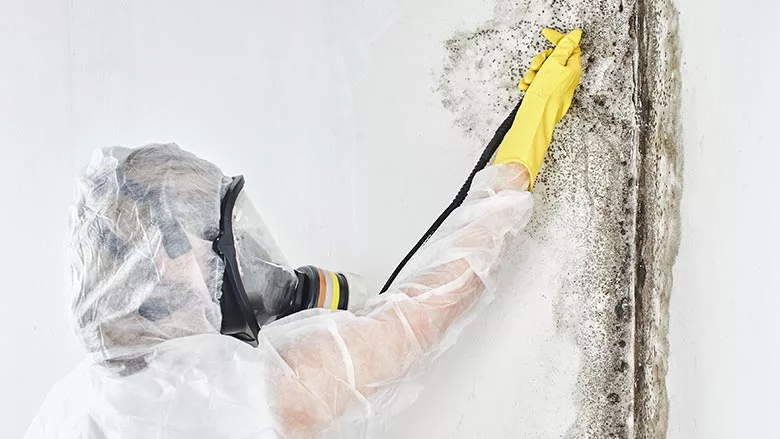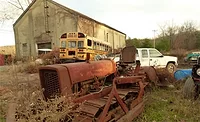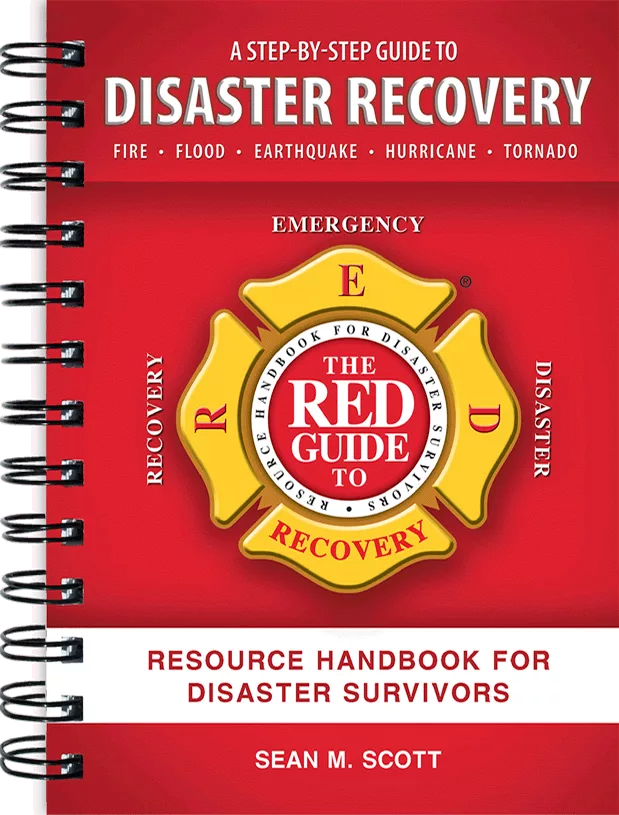After the floods, mold is a growing problem
FARMINGTON, Mass. (Metrowest Daily News) – September 3, 2008 -- With the remnants of Hurricane Hanna hitting Massachusetts this weekend, some area homeowners may find themselves facing a basement filled with water or a leaking roof, either of which could lead to the growth of harmful mold.
Quick action must be taken to prevent the growth of the spores, said Hopkinton's Peter Seltzer, who has been in the business of cleaning carpets and dealing with flooded basements and such situations for three decades.
"The first 48 hours are critical," Seltzer said. "If your basement is wet, the first thing you want to do is to get as much of the water out as possible, and get a professional in with a moisture meter."
According to the federal Environmental Protection Agency, molds can cause allergies, be an irritant and even be toxic and lead to death.
John Mitchell, who works with ATA Fire and Flood Restoration in Franklin and has 23 years experience, said he sees a lot of people who wait to take action.
"I saw it with the storm that just went through, a couple weeks ago. A lot of people sit and wait and not do anything about it when water comes into their house," Mitchell said. "They wait a week or so and have another problem, that's mold."
Mold will not start forming for two days, but when it does, it can be tough to find and costly to remove.
Friday, Seltzer put the finishing touches on a mold removal project in a home in Sudbury. The carpet of the finished basement had been removed, and the bottom couple feet of dry wall had been ripped out to get inside the wall.
Seltzer spent a few days drying the basement with industrial dehumidifiers, and cleaned the air with HEPA filters to remove spores in the air.
He removed the water-damaged drywall and scrubbed other surfaces with a biowash that kills the mold.
"People are under the misconception that bleach kills mold. That's not the case," Seltzer said. "Biowash breaks the shell of the mold spores so they can't grow."
Before he closes up a wall or finishes with a wooden frame, Seltzer tests the inside of the wood to make sure the inside and outside are dry.
Finally, the affected areas must be sealed so moisture cannot get in again.
Seltzer also recommends hiring a third-party inspector, known as an industrial hygienist, to make sure the job has been done correctly.
Mitchell said homeowners should keep an eye out for potential areas where moisture can build.
"If you have growth of mold on house on the outside, nine times out of 10 there is mold inside," Mitchell said.
In some instances, the water does not come from outside the house. Mitchell said a small leak from an ice maker in a refrigerator can start the build up of mold, and sometimes there is no leak at all.
"Last week, I did one job where a bathroom fan goes into the attic and there is nowhere for it to go," Mitchell said. "Mold grew and you have to sand it down and seal the wood, which is expensive."
Preventing or cleaning up mold is important for homeowners because regulations require houses to be mold-free before being sold, Mitchell said.
New laws will make it even tougher, Seltzer said, allowing buyers to back out of deals if a home has ever had a mold problem, Seltzer said.
Stopping a leak or flood before it occurs is the best way to prevent mold.
"Twice a year, people should walk around the house and look for potential problems," Seltzer said. "Look at the condition of the roof and see if shingles are missing. Make sure the gutters are clear and the water sheds away from the house. And make sure the chimney is attached tight."
To prevent water getting in a basement, Seltzer said there should be at least 24 inches of clearance from ground to the the top of the foundation, as well as to the top of the basement bulkhead.
Not taking precautions could be costly for home owners, Mitchell said.
"A lot of it's not covered by insurance," Mitchell said. "But it's expensive and times are tough so that is one of the main things why they wouldn't (take preventative action)."
Quick action must be taken to prevent the growth of the spores, said Hopkinton's Peter Seltzer, who has been in the business of cleaning carpets and dealing with flooded basements and such situations for three decades.
"The first 48 hours are critical," Seltzer said. "If your basement is wet, the first thing you want to do is to get as much of the water out as possible, and get a professional in with a moisture meter."
According to the federal Environmental Protection Agency, molds can cause allergies, be an irritant and even be toxic and lead to death.
John Mitchell, who works with ATA Fire and Flood Restoration in Franklin and has 23 years experience, said he sees a lot of people who wait to take action.
"I saw it with the storm that just went through, a couple weeks ago. A lot of people sit and wait and not do anything about it when water comes into their house," Mitchell said. "They wait a week or so and have another problem, that's mold."
Mold will not start forming for two days, but when it does, it can be tough to find and costly to remove.
Friday, Seltzer put the finishing touches on a mold removal project in a home in Sudbury. The carpet of the finished basement had been removed, and the bottom couple feet of dry wall had been ripped out to get inside the wall.
Seltzer spent a few days drying the basement with industrial dehumidifiers, and cleaned the air with HEPA filters to remove spores in the air.
He removed the water-damaged drywall and scrubbed other surfaces with a biowash that kills the mold.
"People are under the misconception that bleach kills mold. That's not the case," Seltzer said. "Biowash breaks the shell of the mold spores so they can't grow."
Before he closes up a wall or finishes with a wooden frame, Seltzer tests the inside of the wood to make sure the inside and outside are dry.
Finally, the affected areas must be sealed so moisture cannot get in again.
Seltzer also recommends hiring a third-party inspector, known as an industrial hygienist, to make sure the job has been done correctly.
Mitchell said homeowners should keep an eye out for potential areas where moisture can build.
"If you have growth of mold on house on the outside, nine times out of 10 there is mold inside," Mitchell said.
In some instances, the water does not come from outside the house. Mitchell said a small leak from an ice maker in a refrigerator can start the build up of mold, and sometimes there is no leak at all.
"Last week, I did one job where a bathroom fan goes into the attic and there is nowhere for it to go," Mitchell said. "Mold grew and you have to sand it down and seal the wood, which is expensive."
Preventing or cleaning up mold is important for homeowners because regulations require houses to be mold-free before being sold, Mitchell said.
New laws will make it even tougher, Seltzer said, allowing buyers to back out of deals if a home has ever had a mold problem, Seltzer said.
Stopping a leak or flood before it occurs is the best way to prevent mold.
"Twice a year, people should walk around the house and look for potential problems," Seltzer said. "Look at the condition of the roof and see if shingles are missing. Make sure the gutters are clear and the water sheds away from the house. And make sure the chimney is attached tight."
To prevent water getting in a basement, Seltzer said there should be at least 24 inches of clearance from ground to the the top of the foundation, as well as to the top of the basement bulkhead.
Not taking precautions could be costly for home owners, Mitchell said.
"A lot of it's not covered by insurance," Mitchell said. "But it's expensive and times are tough so that is one of the main things why they wouldn't (take preventative action)."
Looking for a reprint of this article?
From high-res PDFs to custom plaques, order your copy today!






